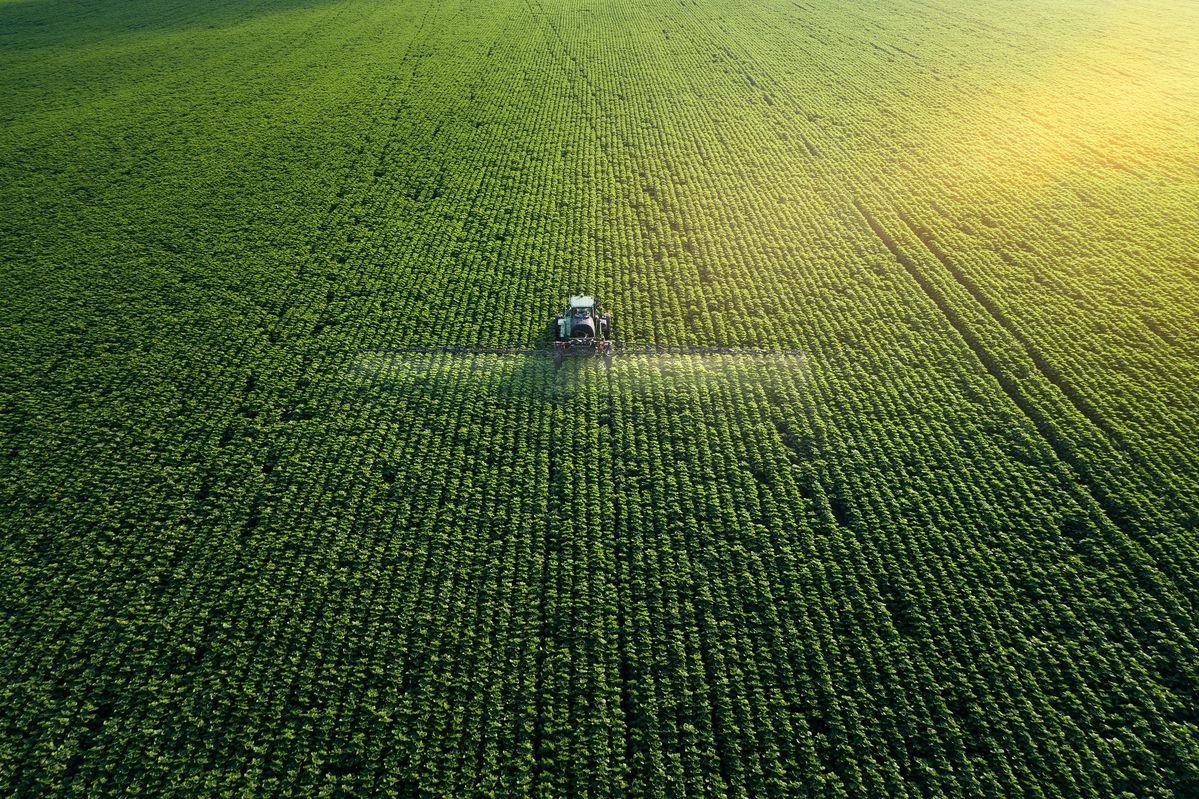Paris, France–Global trade in agricultural commodities is projected to expand by 1.3 percent annually – half the pace recorded in the past decade – due mostly to slower growth in demand by middle-income countries, according to a report released by the Food and Agriculture Organization of the United Nations (FAO) and the Organization for Economic Co-operation and Development (OECD).
The OECD-FAO Agricultural Outlook 2023-2032, which is the key global reference for medium-term prospects for agricultural commodity markets, said maize, wheat and soybeans contributed the most to the overall agricultural trade growth in the past decade; however, they are projected to experience the biggest drop in trade growth over the next 10 years.
After becoming a net importer of agricultural commodities in recent years, South and Southeast Asia’s net imports are projected to increase further, driven mainly by continuing strong demand growth within the subregion.
Sub-Saharan Africa’s trade deficit in major food items is projected to almost double by 2032, largely reflecting rapid population growth compared to other regions.
In Latin America, the agricultural trade surplus is expected to expand by 17 percent, raising the exported share of agricultural production to 40 percent by 2032.
North America is projected to remain the second largest exporter of agricultural commodities to world markets over the next 10 years, but strong domestic consumption growth is expected to slightly curb its net export position.
The region’s agricultural sector may play a key stabilizing role allowing it to expand production to normalize high price cycles.
The demand for growth in cereals production is projected to slow, in part as per capita food consumption of most cereals is reaching saturation levels in many countries.
In 2032, it is estimated that 41 percent of all cereals will be directly consumed by humans, 37 percent will be used for animal feeds, and biofuels and other industrial uses will account for the rest.
Global crop production growth will mainly be driven by continued progress in plant breeding and a transition to more intensive production systems.
Yield improvements are projected to account for 79 percent of global crop production growth, cropland expansion for 15 percent, and higher cropping intensity for 6 percent over the Outlook period.
Global growth of sugar consumption will be driven entirely by Africa and Asia, with demand projected to surge in areas where the level of per capita intake is currently low. By contrast, consumption is set to continue to decline in high-income countries.
Global average per capita consumption of meat is projected to increase by 0.1 percent annually, mostly driven by middle and lower-income countries.
Worldwide demand for meat is expected to increase through 2032, but per-capita consumption levels in high-income countries are projected to decline in the coming decade, led by drops in Western Europe and North America.
Fish available for food consumption is expected to grow everywhere, and fastest in Africa, but projected rapid population growth in this region will limit per capita consumption increases.
Global production of livestock and fish is projected to expand by 1.3 percent annually over the next decade, slower than seen in the recent past.
Poultry meat is projected to account for almost half the increase in total meat production through 2032.
World milk production is projected to grow at 1.5 percent annually over the next decade, with more than half the increase coming from India and Pakistan, which together will account for almost a third of global milk output in 2032.
Milk production in the European Union is projected to decline slightly due to the ongoing transition towards more environmentally sustainable production systems.
The outlook offers projections for cereals, vegetable oils, dairy products, meat, sugar, fish as well as cotton, tropical fruits, pulses and agricultural output used for biofuels.
It also includes projections for expected regional trends in greenhouse gas emissions from the agriculture and incorporates first-time preliminary analyses of the role of food loss and waste.

